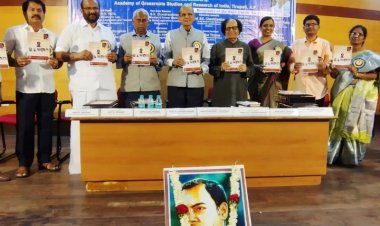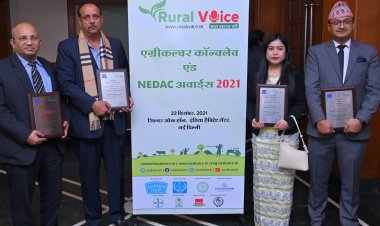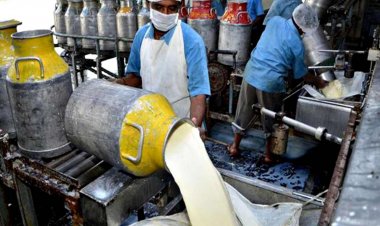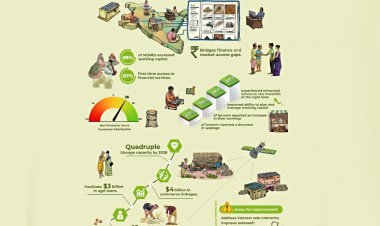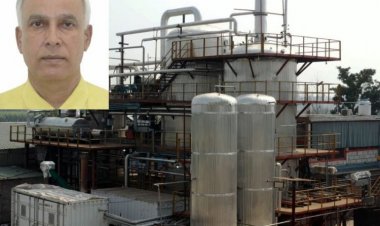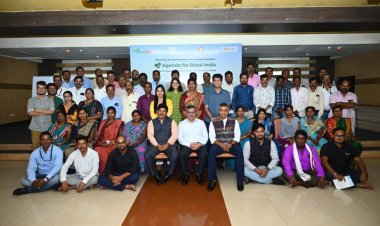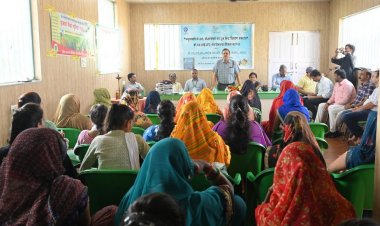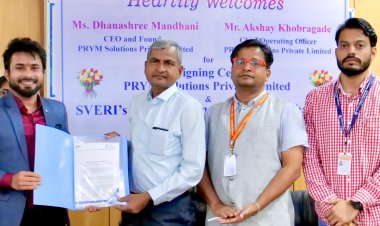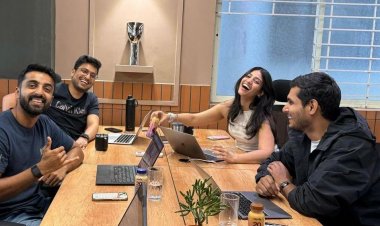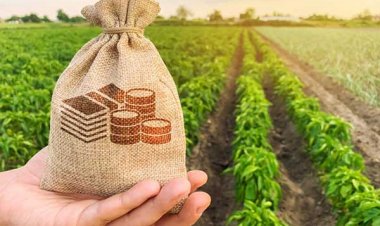Millets: The lost and found crop - thanks to FAO-backed community seed banks
Over the past two decades, communities in central and eastern Indian states had largely abandoned the cultivation of oilseeds, pulses and small grains such as millets due to trends and other pressures. This led to a loss of the seeds and knowledge of how to grow them. But the decline in their cultivation has contributed to serious malnutrition and loss of genetic diversity in the area.
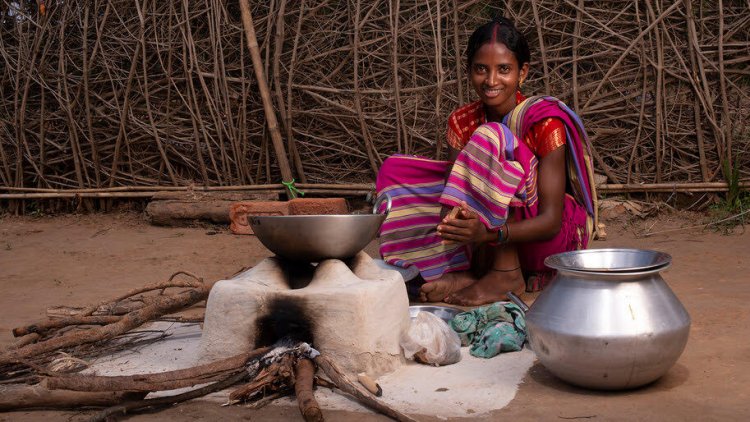
Once again, it hasn’t rained enough in the monsoon season in Bihar, an eastern state of India. The wells have gone dry, and 27-year-old Pudi Soren has to travel to the riverside to grow crops, such as chickpeas and rice, that provide necessary calories and sustenance in the winter months.
One crop that she can plant near her home in this season is finger millet. Finger millet doesn’t require a lot of water to grow. It needs very little fertiliser, and it is full of protein. “We have forgotten about some crops,” says Pudi. “When we were children, we saw crops such as finger millets too, but people stopped their cultivation for many years.”
Over the past two decades, communities in central and eastern Indian states had largely abandoned the cultivation of oilseeds, pulses and small grains such as millets due to trends and other pressures. This led to a loss of the seeds and knowledge of how to grow them. But the decline in their cultivation has contributed to serious malnutrition and loss of genetic diversity in the area.
Pudi recently started growing these crops again from seeds she initially received from a Benefit-sharing Fund project in India, administered by the International Treaty on Plant Genetic Resources of the Food and Agriculture Organisation of the United Nations (FAO) and implemented by the non-profit organisation, Public Advocacy Initiatives for Rights and Values in India.
“My husband and I have a small piece of land, but we did not grow much previously, because we lacked the necessary resources,” describes Pudi. “Three years ago, the project gave us seeds and encouraged us to do farming. Now I am proud to be a farmer.”
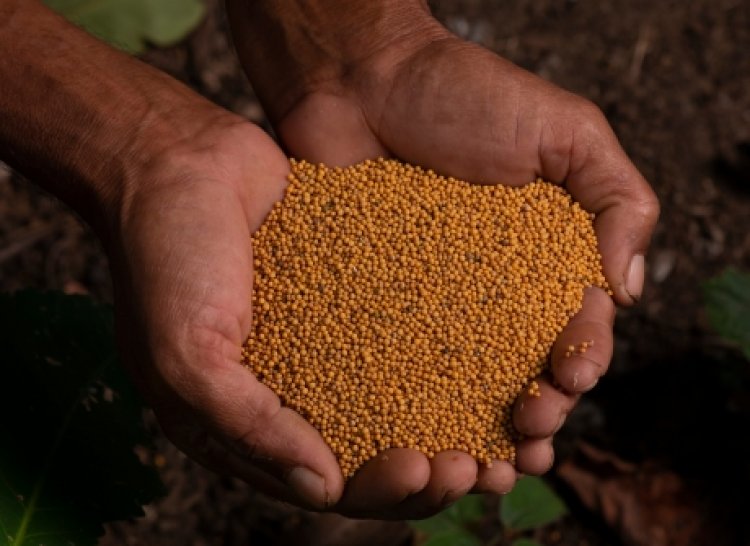
The Benefit-sharing Fund is a component of the FAO International Treaty on Plant Genetic Resources for Food and Agriculture, which works to support farmers in developing countries to safeguard and use plant genetic diversity for food security and to cope with climate change. The project in India works to increase resilience in farming practices, enhance nutrition and support livelihoods by reintroducing and improving farmers’ access to oilseeds, pulses and small grains.
Pudi values the many advantages that millets bring her. “We can grow finger millet in the rice fallow season and summer, and they do not need fertilisers; some cow dung is sufficient. It is a good source of protein in our meals, and my children like the biscuits that I make with the flour.”
Community seed banks
Farmers in Pudi’s area each used to harvest a single type of crop during monsoon season. With the launch of five community seed banks, the project contributed to diversifying locally grown crops. “We get seeds from millets, amaranth, lentils, mustard and pigeon peas from our nearby community seed bank. We return the seeds after harvesting. Many more people have become interested in different types of crops after seeing us. The areas where people grow pulses, oilseeds and millets is expanding in our village,” explains Pudi.
The community seed bank is key to ensuring farmers’ timely access to seeds without having to travel far. It also serves as a training centre and a meeting place for farmers to work together with scientists from nearby agricultural universities. Farmers learn how to grow the crops sustainably and how to save the seeds for future seasons. They also participate in trials to select seeds that best cater to their needs and preferences.
Retrieving seeds from seed banks and growing these forgotten crops also saves them money. “In the past, we bought oil, wheat and pulses from the market and spent Rs 500-600 every month. Our expenses have been halved since we started cultivating these crops. I use the money for the education of my children,” explains Pudi.
“There are problems that we face as smallholder farmers. Rainfall is reducing. And when there is little rainfall, like this year, irrigation becomes expensive. Thankfully, finger millets can be grown with less water,” Pudi states, describing how the changing climate has affected her farming.
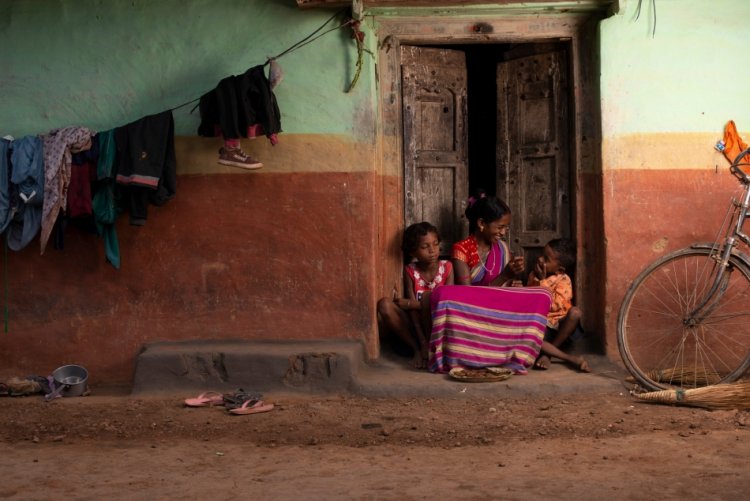
“What I grow sustains my family, but in the future, I want to sell my surplus on the market … I hope that projects like the one I am participating in with the Benefit-sharing Fund will continue to support farmers in my village and farmers around the world.”
To date, the project has returned the in situ cultivation and conservation of 94 varieties of 42 crops. The project aims to reach a total of 1,250 farmers, mostly women, from rural communities in central and eastern Indian states. 250 farmers will receive seeds from the five seed banks that have been established through this project, while a further 1,000 farmers will benefit from technical capacity building through workshops, Farmer Field Schools, knowledge exchange, information materials and visits.
Pudi continues to promote the saving, sharing and caring for seeds, like millets, that may have been forgotten but are of global importance. In September 2022, she addressed the International Treaty Governing Body, where 150 countries and more than 400 participants were present, to share her experience and stress the significance of reviving the use of forgotten seeds and having access to crops that grow well locally. This type of support that the Benefit-sharing Fund supplies is the linchpin to resilient and bountiful livelihoods.



 Join the RuralVoice whatsapp group
Join the RuralVoice whatsapp group




















